Online Field Trips
The Elgin County Railway Museum is pleased to offer curriculum-based educational programming for students from grades 1 to 8. Our online field trips engage students in learning core curriculum content through the lens of railway history in Canada. Each Tier 1 online field trip includes a lesson plan with activities, links to online worksheets, and a list of related museum artifacts with descriptions. Tier 2 online field trip include additional lesson and activity instruction videos.
Tier 1 online field trips are $35 + HST
Tier 2 online field trips are $45 + HST
English & French language field trips available.
Online Field Trips have been developed with the support of the Ontario Trillium Foundation.
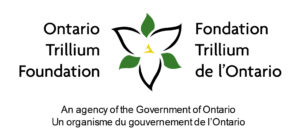
Field Trip Catalogue
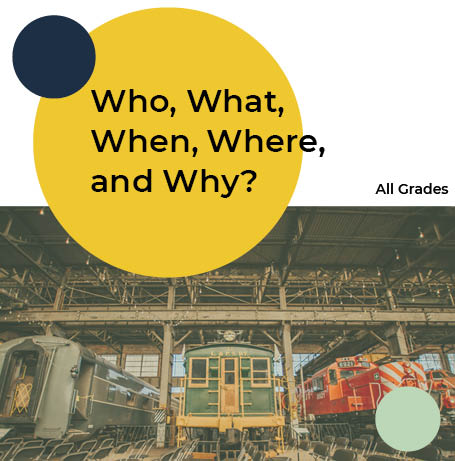
WHO, WHAT, WHEN, WHERE, AND WHY?
Any Age
Description
The five Ws are a helpful tool used by journalists, archaeologists, and scientists to guide research and communicate their findings. In Who, What, When, Where and Why, students will put their planning, critical thinking, communication, and collaboration skills to use as they investigate a variety of artifacts from the Elgin County Railway Museum’s collection, make predictions, and communicate their ideas to the class.
Goals and Outcomes
- Opportunity to develop several global competencies
- Scientific Inquiry, Problem Solving, Planning, Critical Thinking, Communication, Collaboration
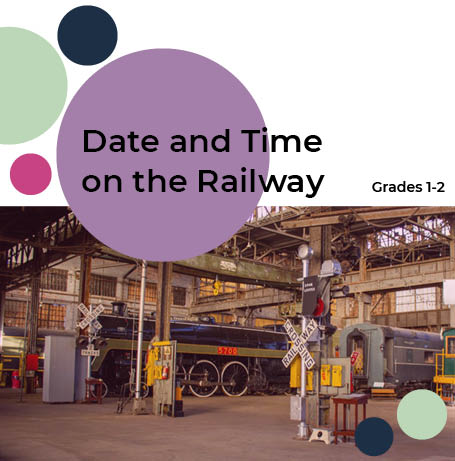
DATE AND TIME ON THE RAILWAY
Grades 1 & 2, Math
Description
In Date and Time on the Railway, students will learn about the importance of keeping track of time on the railway for passengers and railway workers alike. They will receive a ticket and need to use their knowledge of months and dates to figure out when their train leaves, then build their own pocket watch, and learn how long a minute is.
Goals and Outcomes
- Understanding dates
- Using units of time
- Describing the duration of event

RAILWAY INDUSTRY AND CAREERS
Grades 3 & 4, Social Studies
Description
In The Railway Industry and Careers, students will learn about the railway industry and a few of the careers that are available in that industry. Students will learn which of the four sectors of the economy the railway industry fits into and consolidate their knowledge by designing a map of a town including structures related to each of the four sectors. Students will learn about the responsibilities of engineers and dispatchers, then act as a dispatcher as they use cardinal and intermediate directions to direct a partner using their maps.
Goals and Outcomes
- Build awareness of how land use addresses human needs and local career opportunities
- Create maps showing types of land use
- Describe the four main economic sectors
- Demonstrate understanding of cardinal and intermediate directions
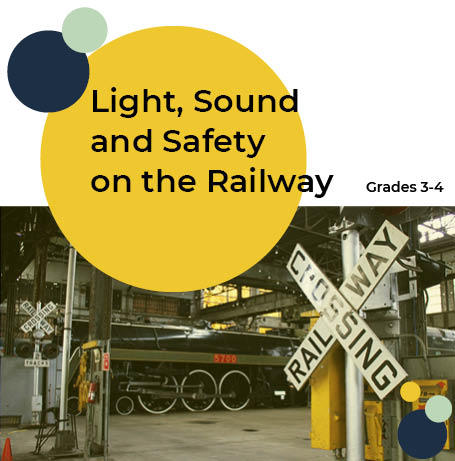
LIGHT, SOUND, AND SAFETY ON THE RAILWAY
Grades 3 & 4, Health, Science and Technology
Description
In Light, Sound, and Safety on the Railway, students will learn about the importance of light and sound in keeping people safe around trains. Students will learn about the science behind train whistles and participate in an activity demonstrating how whistles were used for communication. Next, students will learn about the science behind railway lanterns and put their knowledge to use by building their own lantern. Finally, students will learn what they can do to stay safe around trains.
Goals and Outcomes
- Understanding of good safety practices
- Apply decision-making processes when accessing risks
- Investigate the basic properties of light and sound
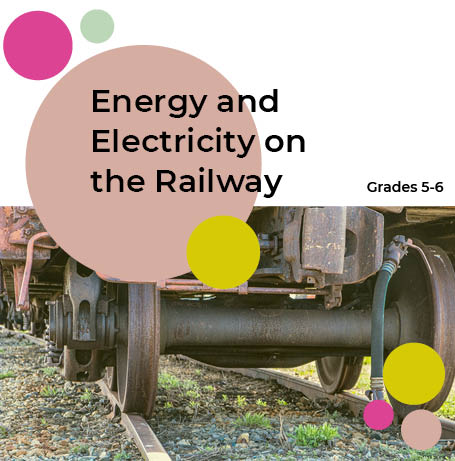
ENERGY AND ELECTRICITY ON THE RAILWAY
Grades 5 – 6, Science and Technology
Description
In Energy and Electricity on the Railway, students will learn about energy and electricity through examples of how they are used in trains and in the railway industry. Students will describe forms and transformation of energy in a steam engine and have an opportunity to investigate energy as they experiment with ways to make a vehicle move. Students will then be introduced to electricity and compare modern electric technologies on the railway with non-electric technologies of the past.
Goals and Outcomes
- Identify a variety of forms of energy and give examples
- Recognize that energy cannot be created or destroyed but changed from one form to another
- Identify renewable and non-renewable energy sources
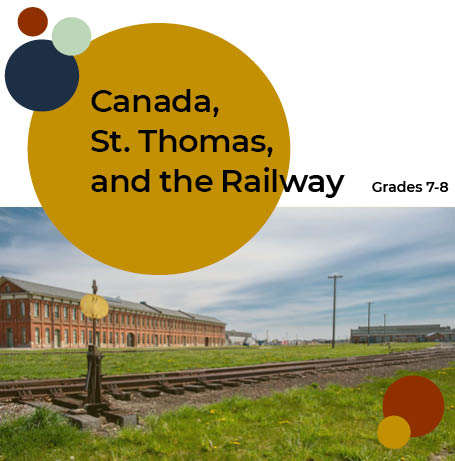
CANADA, ST. THOMAS, AND THE RAILWAY
Grades 6 – 8, Social Studies, History
Description
In St. Thomas, Canada, and the Railway, students will learn about the timeline of events in the introduction of the railway and St. Thomas and investigate various perspectives regarding its introduction. Students will have the opportunity to engage with primary sources related to the railway in Canada, then will consider the various perspectives on the railway as they participate in a town hall debate on whether or not the railway should be introduced to a town.
Goals and Outcomes
- Perspectives of Diverse Communities
- Inquiry: Responses to Global Issues
- Inquiry: Perspectives in the New Nation
- Understanding Historical Context: Events and Their Consequences